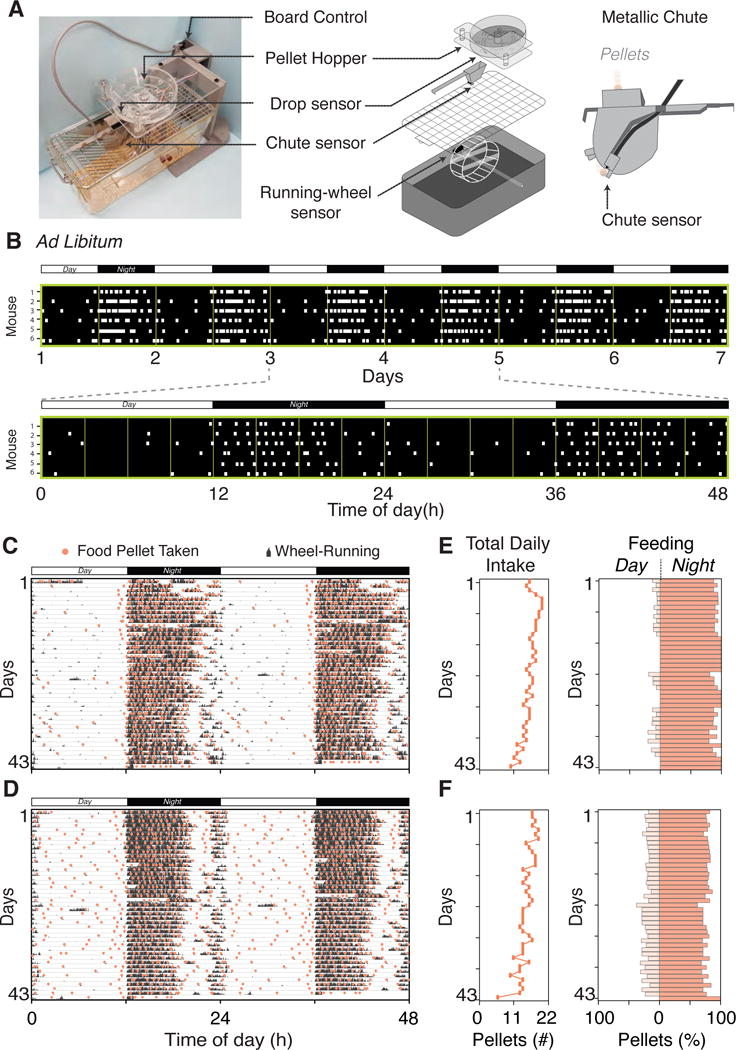Figure 1. Automated Feeder System Reveals Individual Differences in Ingestive Behavior Patterns.

(A) Automated feeder unit that simultaneously monitors wheel-running and feeding behavior aided by sensors.
(B) Real-time pellet consumption recordings for C57BL/6J mice (n=6) fed ad libitum over 6 days (upper panel) or 2 days (bottom panel). White squares indicate a single pellet taken (0.315g/pellet, 3.35Kcal/g of diet). Note: mouse #5 is also shown in (C and E); whereas mouse #4 is also shown in (D and F).
(C–D) Double plotted actograms overlaying wheel-running (black histograms) and feeding (pink dots) behaviors. Isogenic C57BL/6J mice consume less (C) or more (D) pellets during the rest phase even under ad libitum food access. See more examples in Figure S3A.
(E–F) Total food intake (left panel) and day/night feeding distribution (right panel). Despite similarities in the total intake, one mouse consumes ~7% (E), whereas the other consumes ~23% (F) during the daytime.
Bar across the top of the graph indicates the light/dark cycle.
